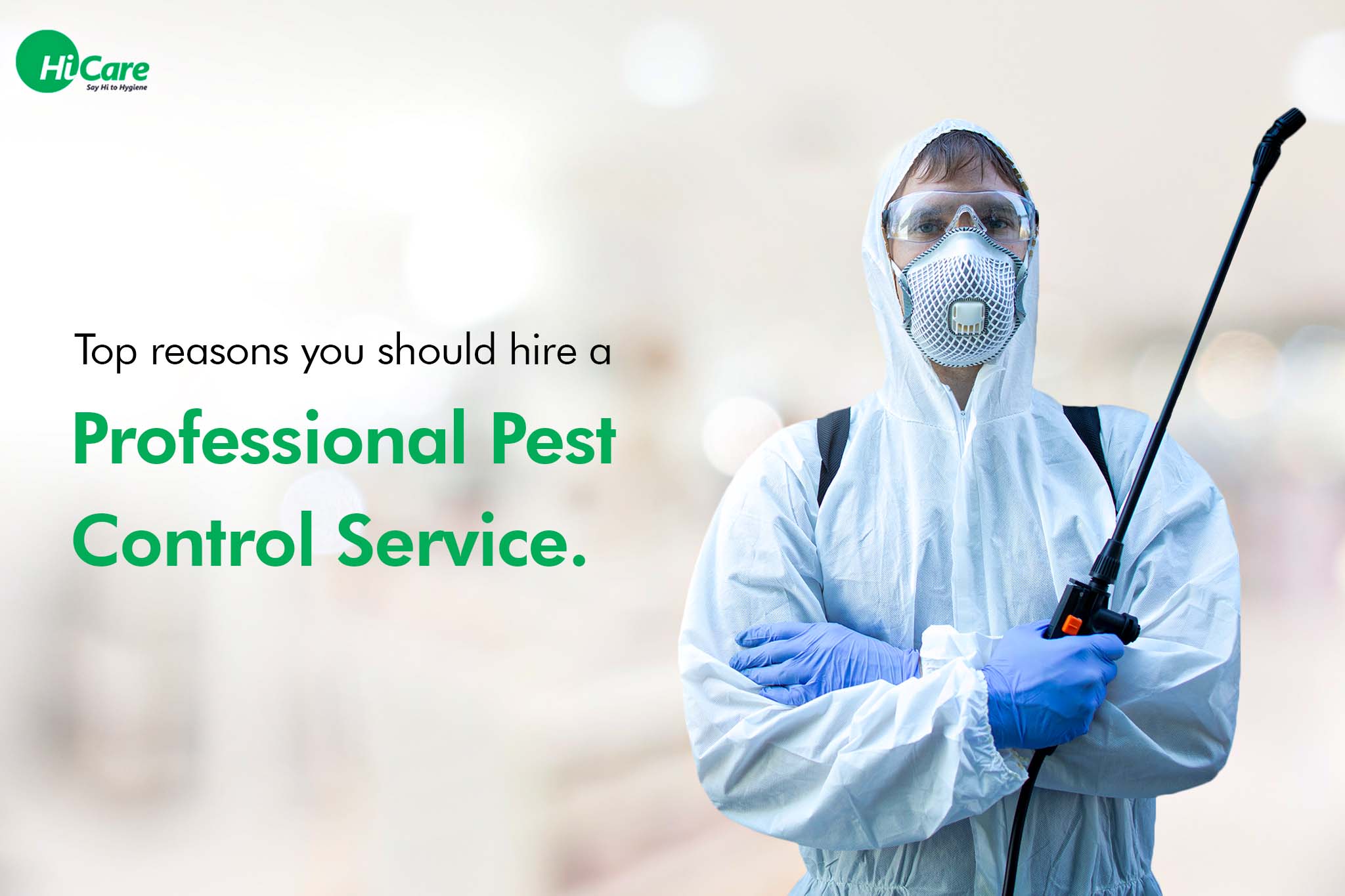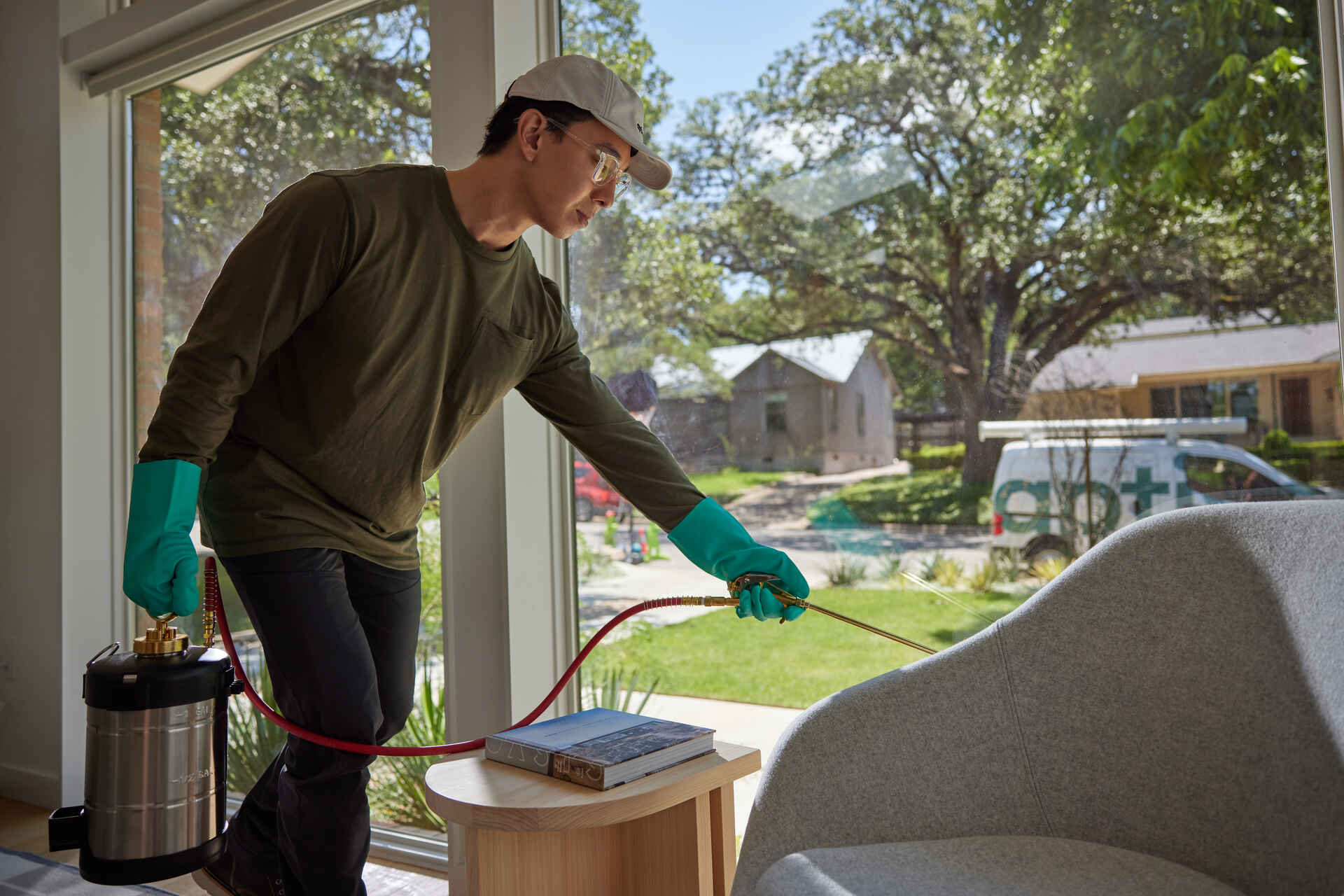Trustworthy A1 Bed Bug Exterminator Charlotte - Remove Bed Bugs Rapid
Wiki Article
Bed Insect Treatment Break Down: Contrasting Chemical Vs. Non-Chemical Solutions
In the realm of parasite control, specifically when dealing with the relentless problem of bed insects, the selection between chemical and non-chemical treatment solutions can be an essential one. Both approaches provide unique advantages and downsides, influencing aspects such as performance, safety factors to consider, and total price. By checking out the nuanced information of each approach, a clearer understanding of which path to seek in attending to a bed pest infestation can be attained.Effectiveness of Chemical Therapies
Chemical treatments for bed insect invasions have been commonly identified for their powerful and quick efficacy in getting rid of these bugs. When considering the performance of chemical treatments, it is critical to recognize that they can provide a fast and detailed solution to a bed bug problem. Specialist pest control operators often count on insecticides to target bed bugs at numerous phases of their life cycle, including grownups, nymphs, and eggs. These chemicals generally work by interfering with the bed insects' nerves, leading to paralysis and eventual death.In addition, chemical therapies have the benefit of offering recurring results, implying that they can continue to eliminate bed insects also after the initial application. This residual action is particularly beneficial in combating any type of potential re-infestations. In addition, the fast activity of chemical treatments can bring alleviation to people facing extreme bed insect invasions, permitting them to gain back control of their home quickly.
Safety And Security Worry About Chemical Solutions
When making use of chemical remedies for bed pest treatment is guaranteeing the safety and security of residents and the environment,One important aspect that requires mindful consideration. While chemical treatments can be reliable in eliminating bed bugs, they may posture threats otherwise taken care of appropriately. Among the primary safety interest in chemical options is the prospective harm they can trigger to human health. Direct exposure to particular chemicals utilized in bed pest therapies can cause breathing concerns, skin irritation, or various other adverse responses, particularly in people with pre-existing conditions or level of sensitivities. Furthermore, incorrect application or dosage of chemical pesticides can lead to poisonous deposits lingering in the treated location, posturing long-term wellness risks to owners.In addition, the ecological influence of chemical options is another significant factor to consider. Some chemicals utilized in bed pest treatments may be hazardous to valuable bugs, wild animals, and ecological communities if they seep into the soil or water systems. It is necessary to use chemical therapies carefully, adhering to safety standards, and considering much less harmful alternatives to reduce these threats and make sure the reliable and secure management of bed bug problems.
Benefits of Non-Chemical Strategies
Thinking about the prospective security problems and environmental influence related to chemical services for bed insect therapy, checking out non-chemical strategies provides an encouraging alternative with several unique advantages. Non-chemical techniques provide a more secure alternative for homes, especially those with pet dogs, people, or kids sensitive to rough chemicals. These strategies remove the dangers of direct exposure to harmful materials, lowering page the potential for damaging wellness results. Furthermore, non-chemical therapies are environmentally friendly, as they do not add to air or water contamination, making them a sustainable option for insect control.Furthermore, non-chemical solutions can be reliable in targeting bed pests, including hard-to-reach locations where chemical treatments might not pass through - A1 bed bug exterminator charlotte. Approaches such as warm therapy, vacuuming, vapor cleaning, and mattress encasements offer complete eradication without the usage of unsafe chemicals.
Limitations of Non-Chemical Treatments

In addition, non-chemical therapies typically need multiple applications to accomplish successful obliteration. This can be time-consuming and might not always assure total removal of all bed pests and their eggs, specifically in hard-to-reach or covert places.
Furthermore, the success of non-chemical treatments heavily counts on proper Read Full Article application and thoroughness, which can be testing for people without specialist proficiency. Poor application of non-chemical methods may result in incomplete removal, bring about consistent invasions and the need for extra treatments.
Therefore, while non-chemical treatments have their benefits, it is crucial to recognize these restrictions and consider them when establishing the most efficient strategy for taking care of bed insect invasions.
Expense Comparison: Chemical Vs. Non-Chemical Options
Given the restrictions associated with non-chemical therapies, an essential element to assess in the context of bed pest administration is the expense comparison in between chemical and non-chemical alternatives. In comparison, non-chemical treatments like warmth therapy or vapor can be more costly, with prices ranging from $1,000 to $6,000 for an entire home. While the preliminary cost of chemical treatments may seem lower, multiple therapies may be called for to totally eliminate the infestation, possibly raising the general expense.Verdict

Considering the possible safety issues and environmental impact connected with chemical remedies for bed insect treatment, checking out non-chemical techniques offers an encouraging choice with a number of distinctive benefits.Offered the restrictions associated with non-chemical treatments, a vital element to examine in the context of bed insect administration is the price contrast between chemical and non-chemical choices. In comparison, non-chemical therapies like heat treatment or heavy steam can be more pricey, with expenses ranging from $1,000 to $6,000 for a whole home. While the preliminary cost of chemical treatments might seem reduced, several treatments may be required to totally eliminate the invasion, possibly increasing the total expense.In verdict, when contrasting chemical and non-chemical bed insect treatment options, it is crucial to consider efficiency, security, advantages, limitations, and cost.
Report this wiki page